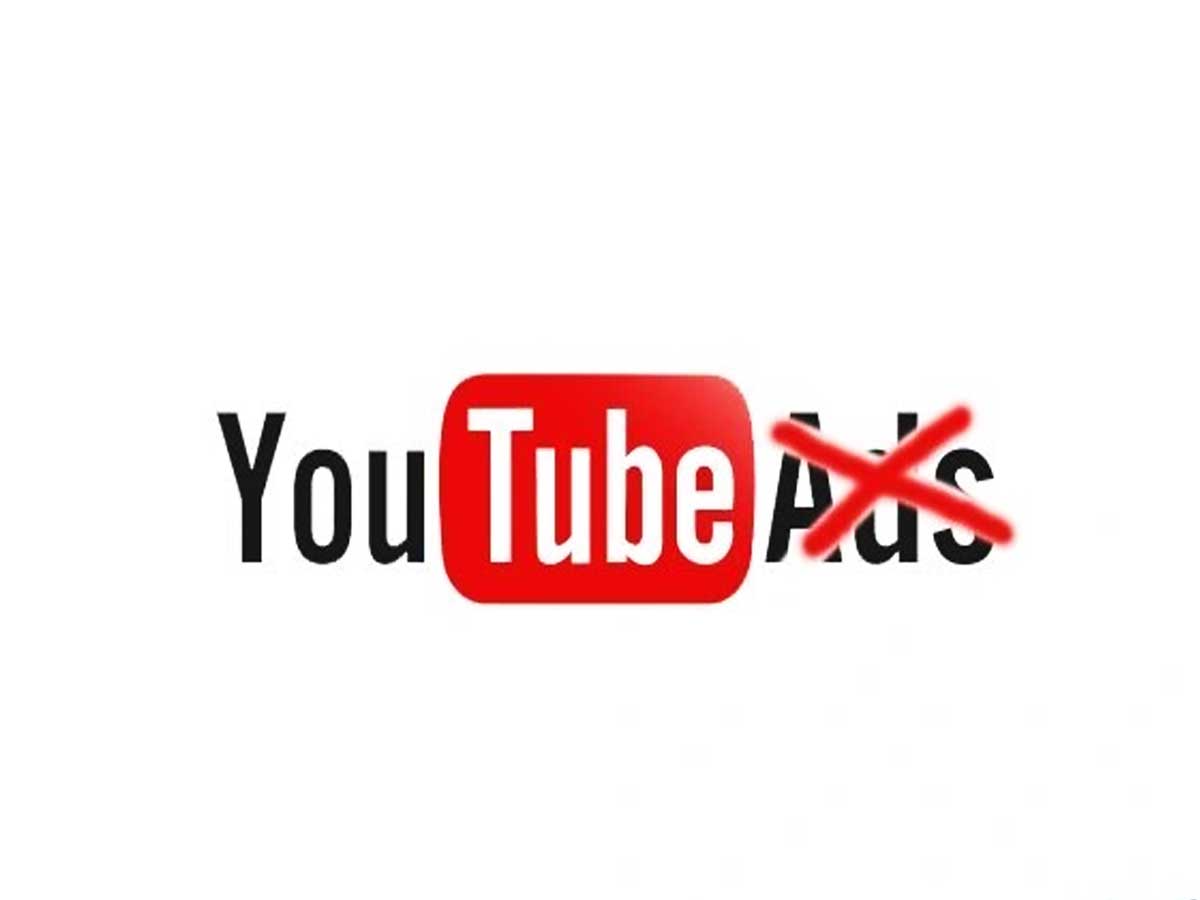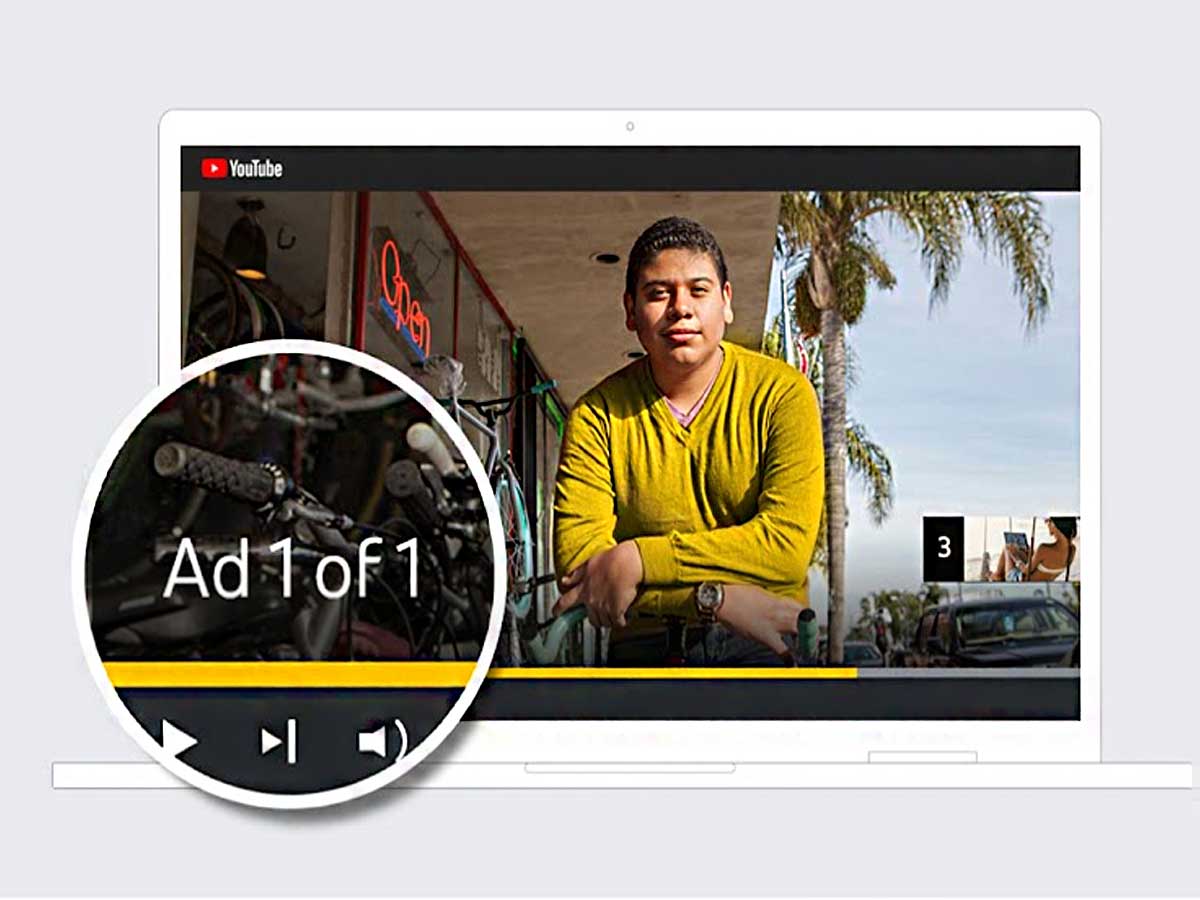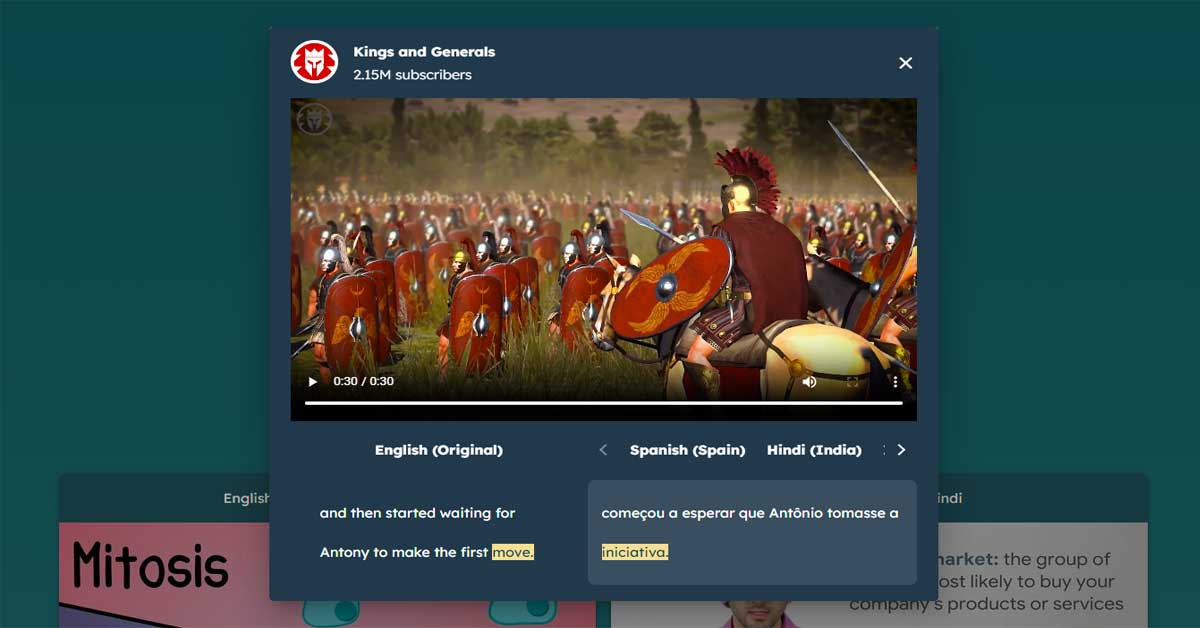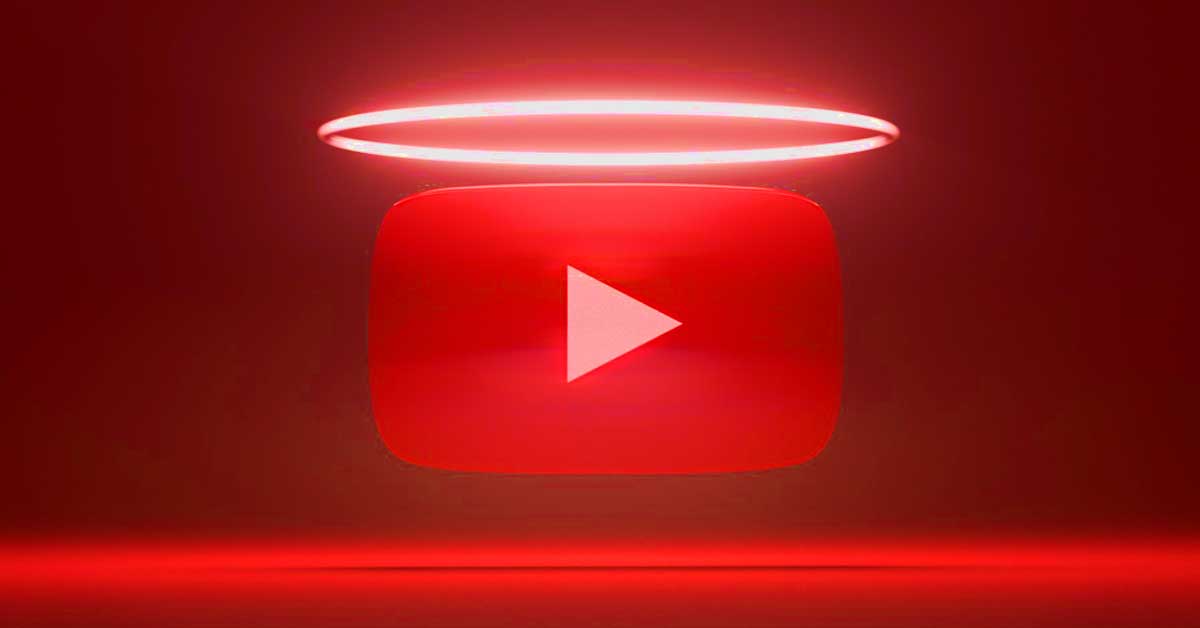YouTube, the popular video-sharing platform, is conducting a global experiment aimed at viewers who use ad blockers amidst the backdrop of mounting concerns within the advertising industry. The industry figures have voiced their demand for significant refunds from YouTube, pointing to recent research on a troubling issue.
This research reveals a staggering number of advertisements, amounting to millions, on partner websites that are surreptitiously hidden from unsuspecting users, thus directly violating the established policies of the Google-owned group.
YouTube's Approach to Ad Blockers
YouTube has implemented a new strategy to address the impact of ad blockers on its platform. When users with ad-blocking tools access YouTube, they are now greeted with a warning about potential interruptions to video playback.

This prompt serves as a reminder that using ad blockers may hinder the viewing experience. It is worth noting that YouTube has been detecting ad blockers for some time now, and this experiment is an extension of those efforts.
A spokesperson from Google, the parent company of YouTube, confirmed that users would receive multiple notifications encouraging them to disable their ad blockers or consider subscribing to YouTube Premium, which offers an ad-free experience.
These notifications are part of YouTube's ongoing commitment to compensating creators for their content and ensuring the viability of its free platform.
The Importance of Ad Spots and YouTube Premium

YouTube relies heavily on advertising revenue to support its creators and maintain a free viewing experience for users. Ad spots play a crucial role in this revenue model, allowing YouTube to compensate creators for their valuable content.
By encouraging viewers to support ads or opt for YouTube Premium, the platform aims to balance providing free access to content and ensuring fair compensation for creators.
YouTube Premium offers an attractive alternative for viewers who wish to enjoy an ad-free experience. Subscribers to YouTube Premium avoid ads and gain access to additional benefits such as offline video downloads and YouTube Music Premium.
With over 80 million combined subscribers for YouTube Premium and YouTube Music, it is clear that many users appreciate the perks of this premium offering.
Hidden Ads on Partner Websites: The Advertising Industry's Concerns

While YouTube explores ways to address ad blockers, it faces a different challenge regarding hidden ads on partner websites. Adalytics, a digital ads analysis group, recently conducted research revealing the presence of imperceptible ads on hundreds of thousands of websites and apps.
These ads play silently in the background and loop automatically, strategically avoiding user attention to prevent ad skipping. Such practices are in direct violation of Google's advertising policies.
YouTube cracking down on if you're not paying them to block the ads, it hurts me, and hurt you.
by u/Reddit_n_Me in youtube
The advertising industry has voiced its concerns and demanded refunds from YouTube for these hidden ads. Advertisers, including leading brands like JPMorgan Chase and Johnson & Johnson, as well as the US Department of Health & Human Services, have been affected by this issue.
Adalytics' findings have raised questions about YouTube's oversight and enforcement of its policies, calling for a thorough investigation and independent audit to address the systemic failure.
Impact on the Digital Advertising Industry

The revelations regarding hidden ads have significant implications for the digital advertising industry. TrueView ads, a core product of YouTube's $30 billion business, receive substantial budget allocations from global clients, typically ranging from 40% to 50%.
Adalytics' research exposes the placement of TrueView ads in "out-stream" environments on websites where user interaction is minimal. This contradicts YouTube's intended "in-stream" placement, which involves displaying ads before, during, or after videos on the platform or its partner network.
Experts anticipate that YouTube will face scrutiny and potential lawsuits, with affected advertisers seeking refunds. The reputation of Google, as well as the broader digital advertising industry, may be at stake.

Inefficiencies within the industry are already a concern, with the Association of National Advertisers reporting that 15% of automated digital ad spending is wasted on low-quality websites. The discovery of hidden ads further highlights the lack of transparency and accountability for advertisers.
Google's Response and the Path Ahead
Google, in response to the allegations, has denied the claims and emphasized its "choice-based ad format." According to this format, advertisers are only charged if users watch the full ad or at least 30 seconds of it. Google defends the quality of its partner network and pledges to take appropriate action based on the report from Adalytics.
Google acknowledges the need for stricter policies and plans to address any violations by third-party publishers. However, the limited availability of third-party tracking tools has contributed to the lack of transparency in the industry. Advertisers are left with few options for effectively monitoring their ad placements and ensuring compliance with industry standards.

Before September 2021, Google allowed exclusive spending on YouTube, removing the ability to opt out of the video partners' network. Adalytics' findings reveal a significant percentage of TrueView ads on partner websites that do not meet Google's own standards. Additionally, TrueView ads have been discovered on websites criticized for spreading disinformation, further highlighting the need for stricter controls and oversight.
Sources: androidauthority.com / ft.com / adalytics.io













